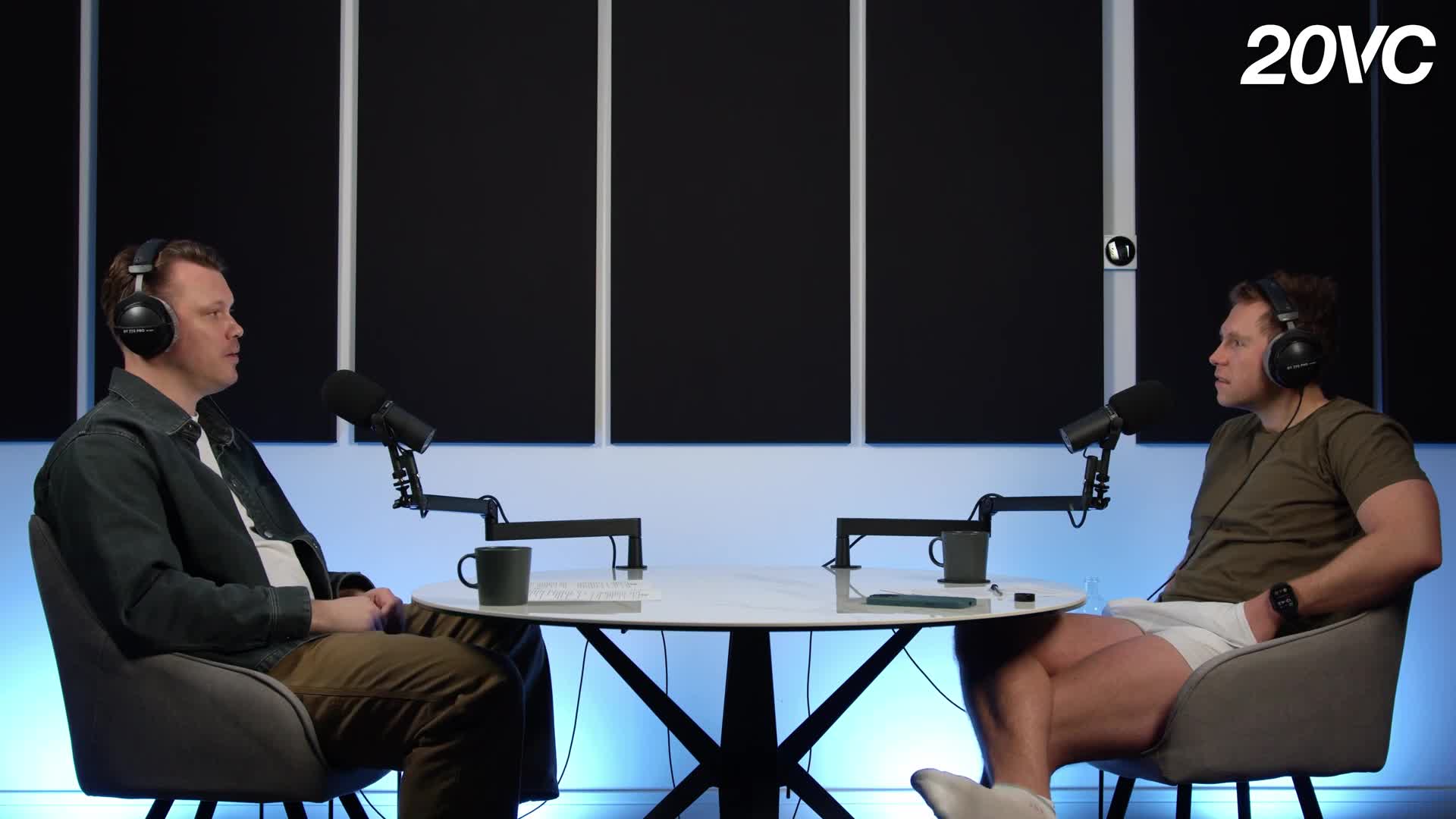Digital Content
Digital content refers to a broad spectrum of media that is created, distributed, and consumed in digital formats. This includes various types such as video (ranging from movies and TV shows to streaming clips), audio (like podcasts and music), and text-based content (including blogs and articles). The rise of digital content has transformed how consumers engage with brands and entertainment, making it an integral component of modern marketing strategies. As organizations increasingly rely on digital assets to attract and retain customers, mastering digital content creation and management has never been more critical. The importance of digital content is underscored by the significant demand it sees in various sectors, particularly in content marketing. A recent report indicates that 77% of content teams are anticipating an increase in production volumes, yet only a quarter feel equipped with the necessary tools for effective digital asset management (DAM). This highlights a key challenge for brands focused on delivering high-quality, relevant content amid rising expectations for audience engagement. Leveraging digital asset management software and content creation tools enables companies to efficiently coordinate and optimize their content strategies. As video continues to dominate—80% of marketers expressing a preference for this medium—companies are exploring diversified approaches to content marketing. With the integration of generative AI, brands can enhance their abilities to create hyper-personalized and efficient omnichannel experiences, ensuring that they remain relevant and competitive in an ever-evolving landscape. The focus on user-generated and interactive content additionally emphasizes the importance of authenticity and audience participation, marking the new frontier of digital communication.
What is the super chat goal for this streaming session?
The stream has set a goal of receiving five super chat contributions within a three-hour timeframe. If this goal is successfully achieved, the content creator has promised to extend the streaming session, providing more entertainment for the audience. This challenge is designed to foster community engagement and create an exciting, interactive experience where viewers can directly contribute to the stream's duration and content.
Watch clip answer (00:00m)What are copyright strikes on YouTube and what actions can creators take when they receive one?
Copyright strikes occur when content creators unintentionally or intentionally violate copyright rules on YouTube. They can be disappointing and worrying for creators who often don't break rules intentionally and simply want to continue making great content. When a creator receives a copyright strike, there are specific actions they can take to address the situation. YouTube acknowledges that many violations aren't intentional, and provides guidance to help creators understand why strikes happen and how to respond appropriately so they can return to creating content.
Watch clip answer (00:16m)What are the requirements and benefits of YouTube Live Streaming?
To go live on YouTube, you'll need to reach a certain subscriber milestone first. Once you achieve this threshold, YouTube allows you to stream and connect with your audience in real-time, offering a more interactive experience than traditional video content. Beyond engagement, YouTube provides superior monetization opportunities compared to other platforms. Creators can earn money through their content, channel, and community interactions, making it a profitable avenue for those looking to turn their passion into income. This comprehensive ecosystem makes YouTube Live Streaming an attractive option for content creators.
Watch clip answer (00:12m)How will we distinguish between real and AI-generated content as technology advances, and what systems might emerge to track content authenticity?
The speaker argues that the distinction between real and AI-generated content will become increasingly irrelevant as technology evolves. Most content today is already "artificial" to some extent - from Instagram filters to Hollywood special effects - yet we evaluate it based on its message and quality rather than production methods. To address authenticity concerns, the speaker proposes developing systems similar to YouTube's copyright detection (Shazam technology) that could create a "chain of content" tracking. This would involve a centralized database, potentially blockchain-based, where all content is registered upon creation, allowing platforms to automatically identify original sources and flag manipulated or miscontextualized content. Such systems could combat disinformation by automatically flagging when old images are presented as recent news, similar to how YouTube detects copyrighted music and provides proper attribution or monetization to rights holders.
Watch clip answer (03:48m)


